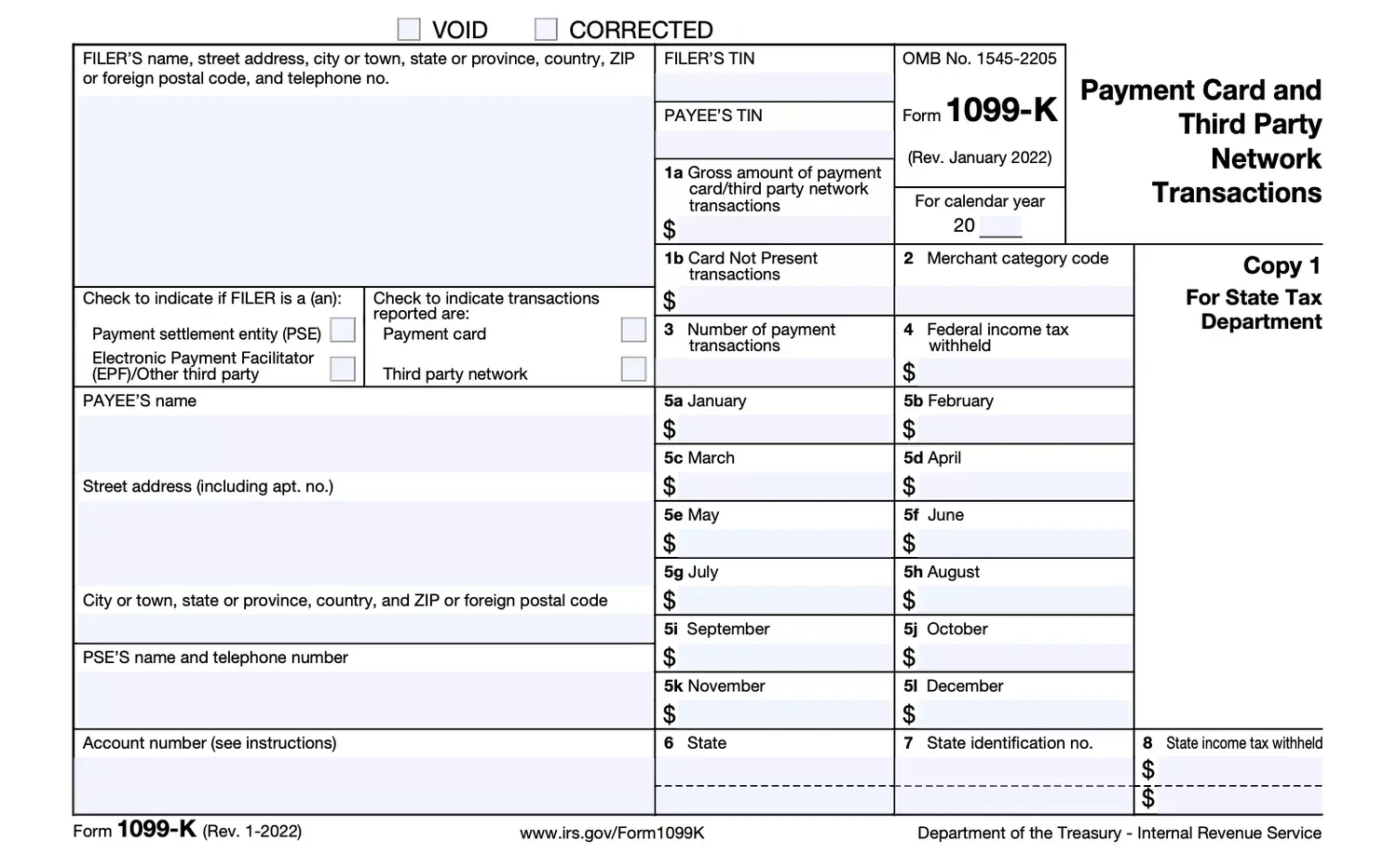As we approach the second half of 2025, the importance of tax planning for small to middle-class families has never been clearer. Recent legislative changes, inflation adjustments, and IRS enforcement trends underscore the value of early, strategic action. At JCox CPAs & Advisors, P.C., we believe proactive tax planning should be the norm, not the exception.
Why Be Proactive With Tax Planning?
Many taxpayers are familiar with tax preparation: the annual ritual of entering figures into software or handing paperwork to a preparer, then hoping for a refund or bracing for a bill. This process, while necessary, is reactive.
Tax planning is different. It's forward-looking. Rather than waiting until the end of the year, tax planning involves consistently evaluating your income, deductions, and credits throughout the year to ensure you're making smart decisions along the way. Whether you explore strategies on your own or work with a qualified tax advisor, planning in advance reduces surprises, identifies savings, and improves overall financial health.
Exclusive Offer: Tax Return Review + Free Mid-Year Planning
Did you file your 2024 tax return yourself or through another provider? JCox CPAs & Advisors is offering:
A detailed review of your 2024 tax return
A 40% discount on any necessary amended return
A complimentary mid-year 2025 tax planning session
We’ll help determine whether adjustments are needed and build a custom plan for the rest of the year, so you’re not caught off guard come filing season.
Key Legislative Changes and Relevant IRC Sections
1. Standard Deduction Increase – IRC §63(c)
The standard deduction for 2025 has increased to $30,000 for married couples filing jointly and $15,000 for single filers. This simplifies filing and reduces taxable income for many families, potentially eliminating the need to itemize deductions.
2. Updated Child Tax Credit – IRC §24
The Child Tax Credit has increased to $2,500 per qualifying child. However, income thresholds have been updated, and eligibility is now subject to tighter rules. A mid-year review helps determine whether you're maximizing your credit opportunities.
3. Raised SALT Deduction Cap – IRC §164(b)(6)
Taxpayers with adjusted gross income under $500,000 can now deduct up to $40,000 in state and local taxes. This may revive itemized deductions for those in high-tax states, especially when paired with mortgage interest or charitable contributions.
4. Tip and Overtime Income Relief – IRC §62(a)
New legislation now allows deductions for reported tip income and qualified overtime under above-the-line adjustments. This change benefits hourly and service industry workers who often face higher effective tax rates on variable income.
5. Estimated Payments and Withholding – IRC §6654 and §3402
Now is the time to review your W-4 or calculate estimated taxes to avoid underpayment penalties. Mid-year is ideal for making course corrections based on expected year-end income.
6. Retirement Planning Opportunities – IRC §219 and §414(v)
Contributions to IRAs and 401(k)s can reduce taxable income while securing your future. Catch-up contributions for taxpayers aged 50+ allow additional savings. Planning ahead helps ensure contribution deadlines aren't missed.
7. Business Owners: Optimize Now – IRC §179 and §199A
Self-employed individuals and pass-through entities should evaluate:
Equipment purchases for IRC §179 deductions
Compensation and qualified income for the 20% QBI deduction under IRC §199A
These choices can significantly reduce your overall tax bill, but require proper planning before year-end.
8. Estate and Gift Strategies – IRC §2503 and §2010
Annual gift exclusions remain at $18,000 per recipient. The elevated lifetime exemption under IRC §2010 remains available through 2025, but is set to sunset. Planning now ensures your wealth transfer strategy is optimized before potential changes take effect.
Final Thoughts: Plan With Purpose by Connecting With Us Today
Tax planning is not just about minimizing taxes—it’s about building financial resilience. The sooner you identify opportunities, the more leverage you have to act. Let’s make 2025 the year you lead your finances, not follow your filing.
Connect with JCox CPAs & Advisors today to get started with your custom mid-year strategy.








